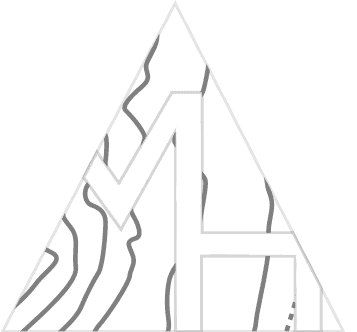When I made the decision to move from Breckenridge to New Paltz, in New York’s Hudson Valley, I assumed I was leaving epic mountains behind. I lamented that backcountry skiing would only exist further from home, ephemerally if at all. Then this winter, the Northeast ski gods blessed us with an extended wintry stretch, allowing me to explore the woods closer to my backyard than expected.
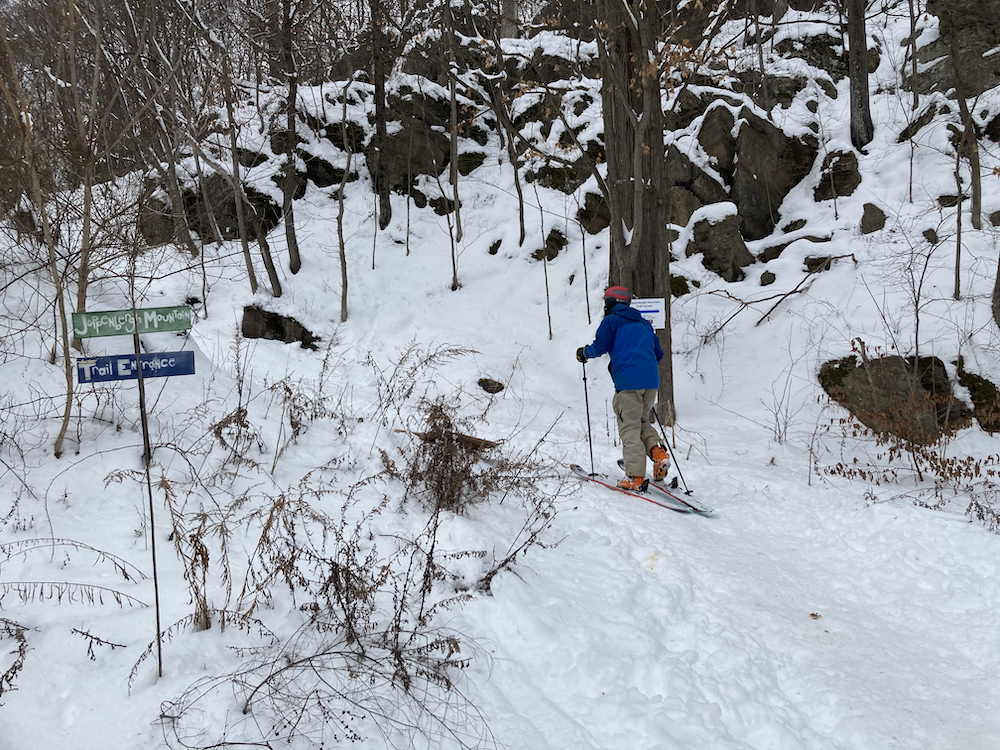
Usually, variable snow conditions provide a major challenge to skiing in the Hudson Valley and the Catskills. While resorts like Hunter and Windham are able to make snow within the resorts to build their base, the backcountry is usually plagued by limited snowfall and warm weather destroying the base. Mid-January 2021 began the growth of the region’s snowpack to over 5 feet, a result of big storm cycles without the usual rain or thaws in between.
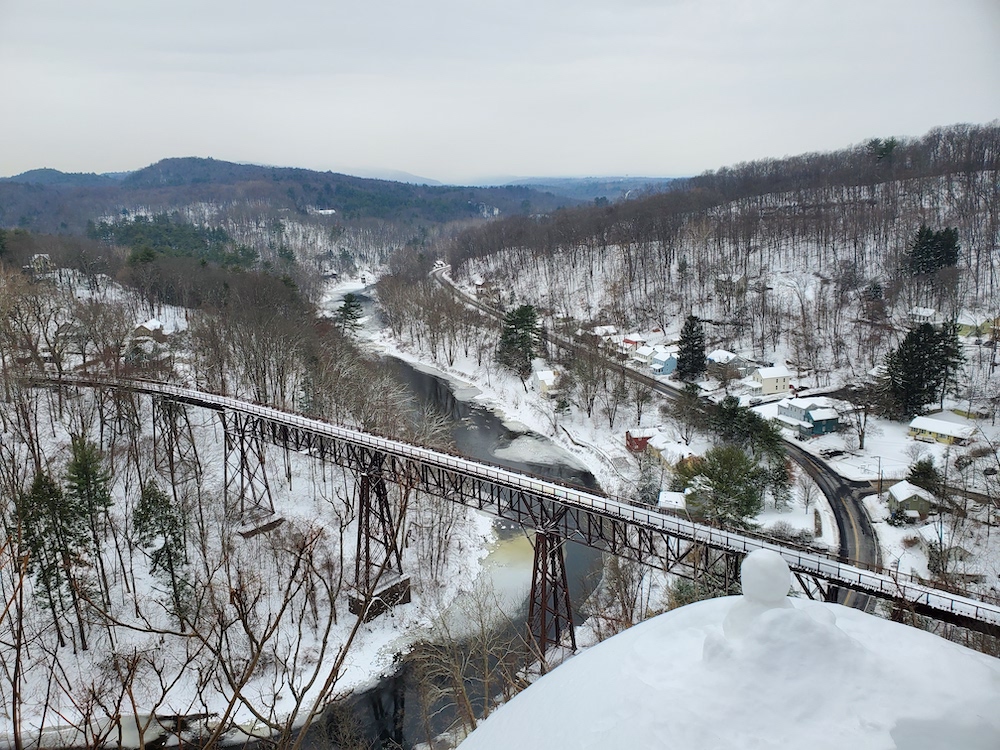
If conditions allow, it’s fairly easy for me to head to the mountains as I already have an alpine touring set-up with skis, boots, and bindings. Along with the backcountry gear, I also have formal avalanche and wilderness medical training as well as backcountry navigation skills, which are helpful for navigating dense woods, steep gullies, and unmarked trails. Other forms of preparation I’d recommend for all of those heading into the backcountry are learning Leave No Trace principles and smart layering, aiming to be warm but not overheating. Going with a partner and seeking advice from local shops and guides is also highly recommended.
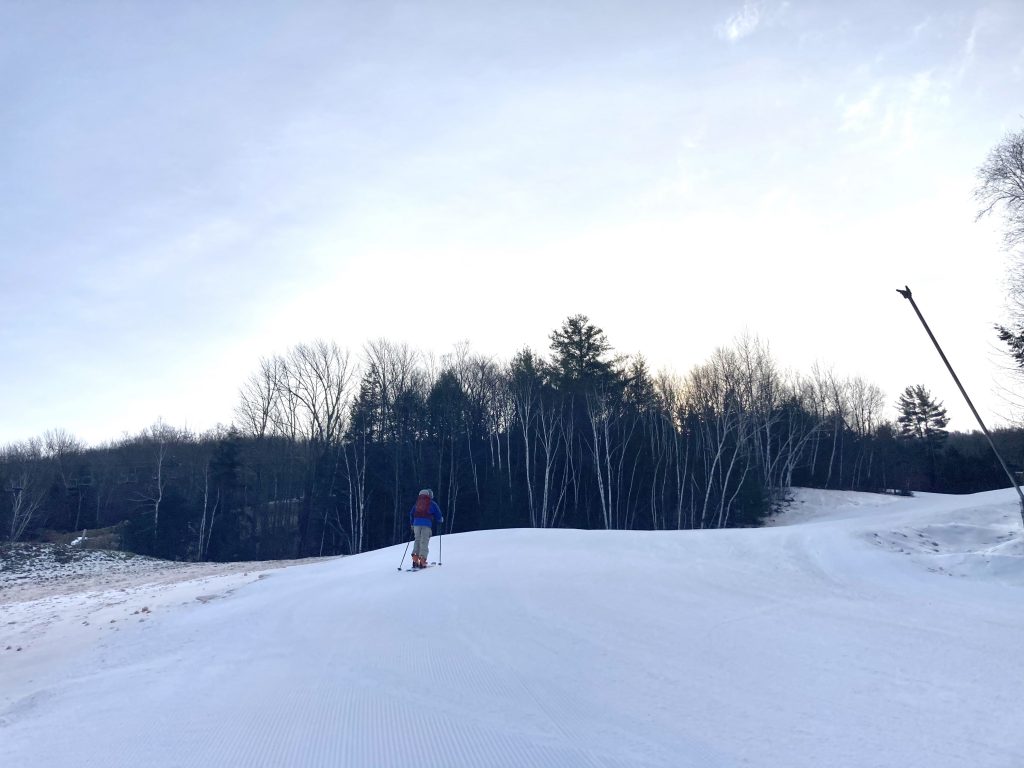
For several seasons now, I have happily bought the Windham uphill pass as I waited for a natural snowpack train to accrue. The pass costs $90 for the season and you can ski uphill on designated runs while the resort is open. I also spend time before the snow falls doing research, reading about ‘lost ski areas‘ dating from the 1950s, pouring over maps and then going out and hiking while dropping GPS pins along the way. I find that for most of my backcountry ski tours, there is a ton of benefit of having bushwhacked the area before as maps can only communicate so much. Noting and respecting private property and parking is also incredibly important and cannot be an afterthought.
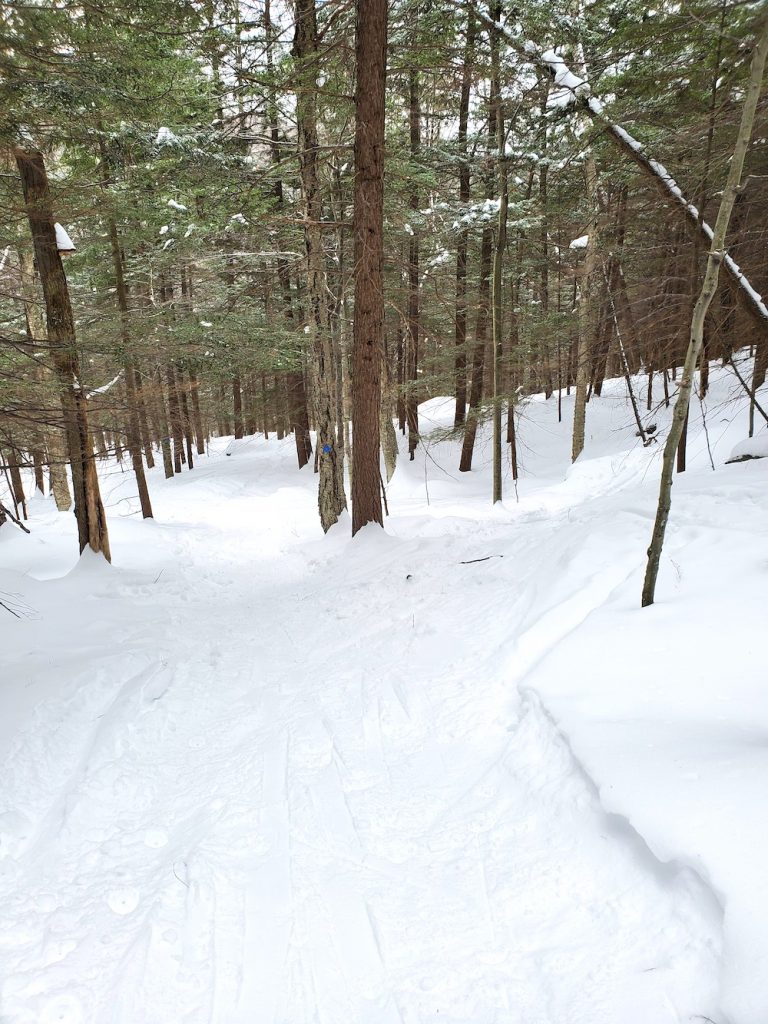
I like to think of all kinds of sliding on snow as backcountry skiing, versus stressing over the gnarliest lines or fanciest gear. I’ve found that adjusting my expectations and being present in each adventure allows me to see the region’s skiing roots and history in a new light. The research that folks like Jermey Davis and George Quinn have done to document the area’s ski history has been invaluable.
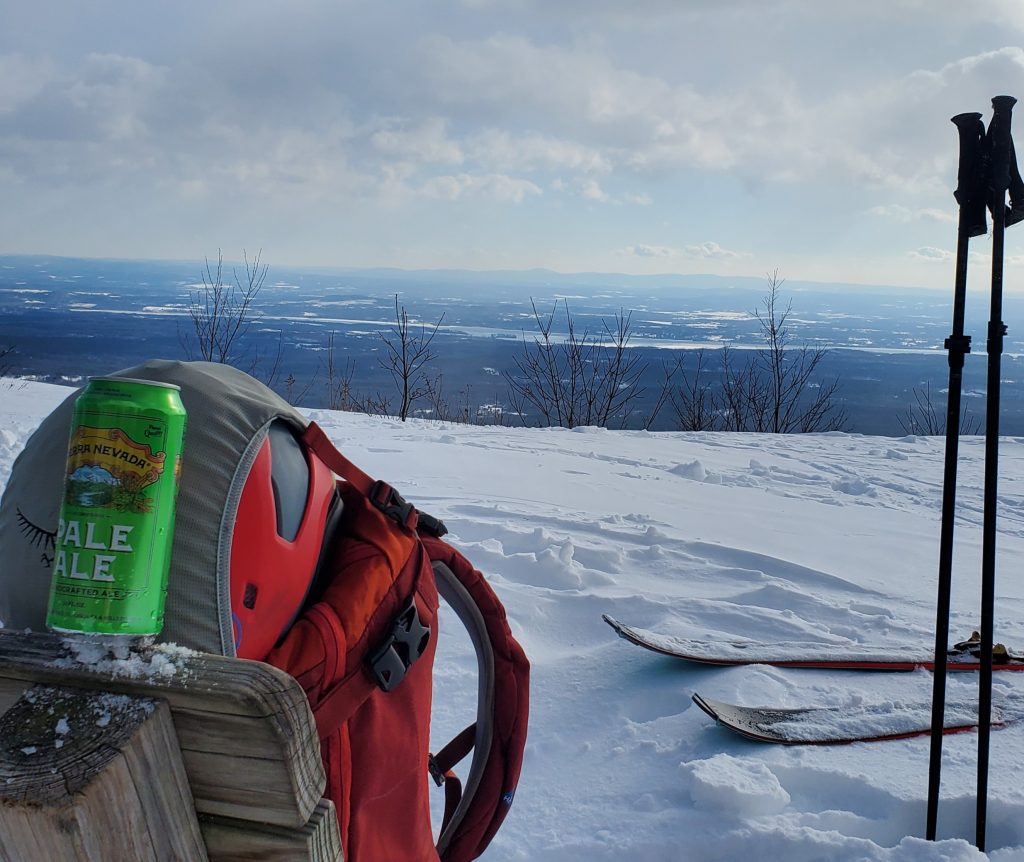
For me, whether it’s a daunting approach and steep tree skiing or gentle hills with good company, I’m ultimately happy to be in the woods on my skis. Healthy forest and streams, summit charcuterie and Sierra Nevada offer bonus points. Quality over quantity, every time.
Happy trails to everyone. I hope that time on skis and in the backcountry continue to bring folks joy and perspective. As visionary Delores LaChapelle wrote “Powder skiing is not fun. It’s life, fully lived, life lived in a blaze of reality.”

